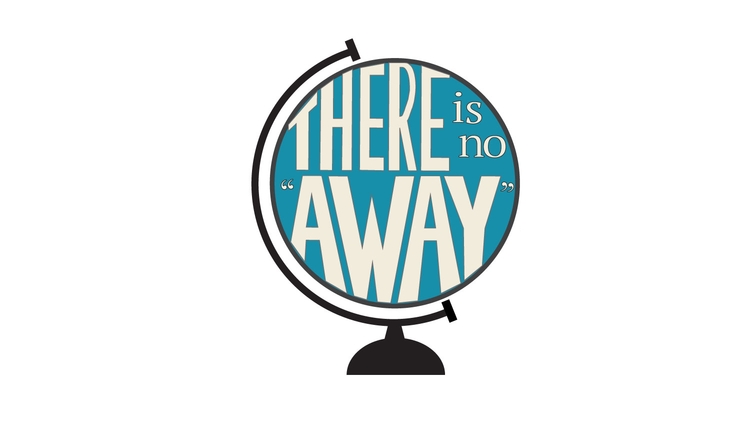The photodegradation of plastic.
Plastic cannot biodegrade (be consumed by microorganisms and returned to compounds found in nature).
Rather, plastic photodegrades, which means that it fragments into smaller and smaller pieces of plastic, without breaking into simpler compounds.
Oceanographer and chemist Dr. Charles Moore (credited with discovering what would come to be known as the Great Pacific Garbage Patch in 1997), estimates that these millimeter sized fragments, along with the rest of our plastic waste, is dispersed over millions of square miles of ocean, stretching miles deep. (National Geographic 2009).
The image below is my 30 minute collection at the San Rafael Marina. I could spend the rest of my days plucking tiny pieces of sun-bleached plastic and dehydrated wads of styrofoam simply from this marina - it would never ever end, one continuous, sad-sack loop of me and the plastic.
Here are a few close-ups (from the collection above) of what's left of a couple of straws, a Cheetos bag, and a plastic pudding or applesauce cup, after a period of time in the elements of sun and salt water.
This is a rather common find for me - Straws at this level of degradation are in parks, creeks, roadways - the low hanging fruit of the plastisphere
By my count, this Cheetos bag has separated into a trifecta of plastic films - the mylar-like silver lining, the once colorful plastic printed layer, and the clear top layer.
This cup is so brittle, merely picking it up causes the corners to crack and fall away
As I see it, the packaging industry needs to undergo a transformative rebirth, like yesterday. Day before yesterday. The brilliant and creative minds are already out there - the technology exists.
Sennheiser Eco-Friendly Packaging by Design Muse
The Compleat "Fill - Fold - & Drink" coffee cup
If you're at all interested, then a.) WOW, and b.) please feel free to have a look at some packaging designs (like the two above) I think are pretty great on my Pinterest board "packaging". http://www.pinterest.com/heather_itzla/packaging/








